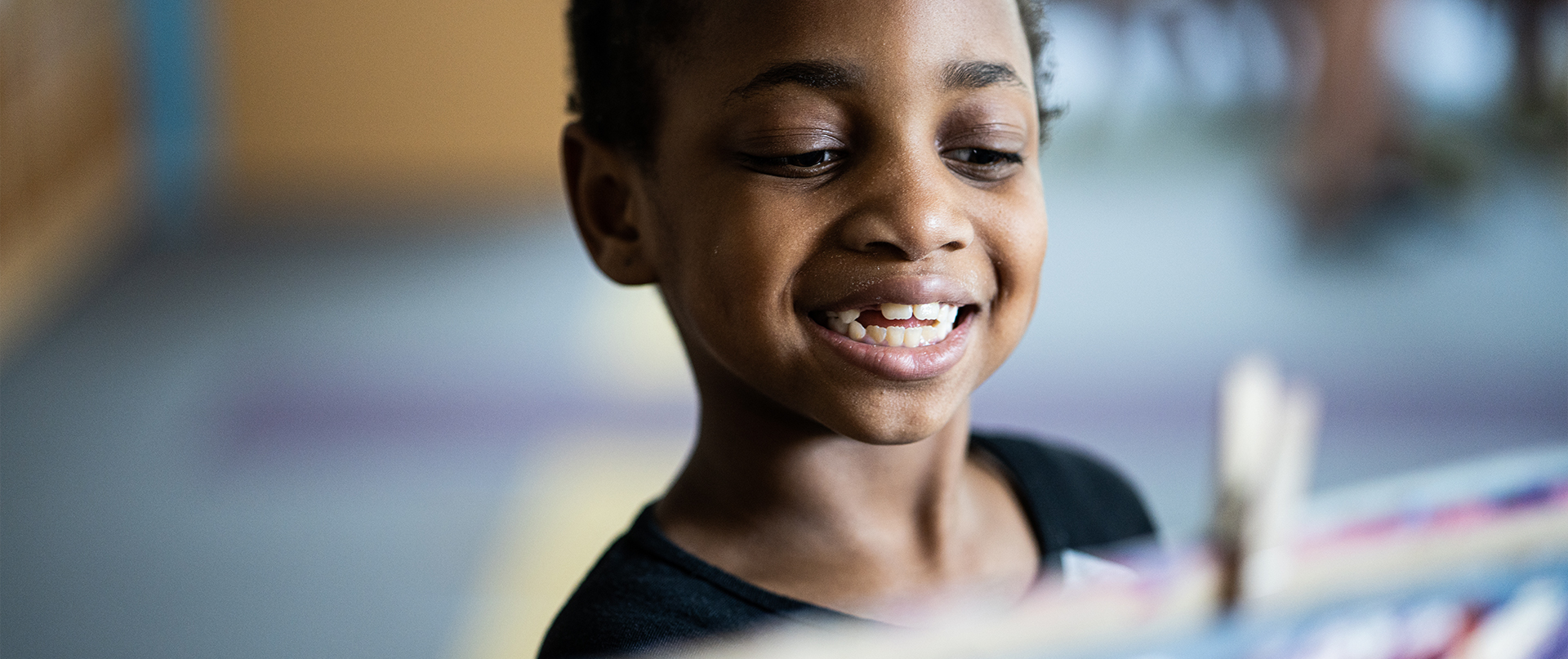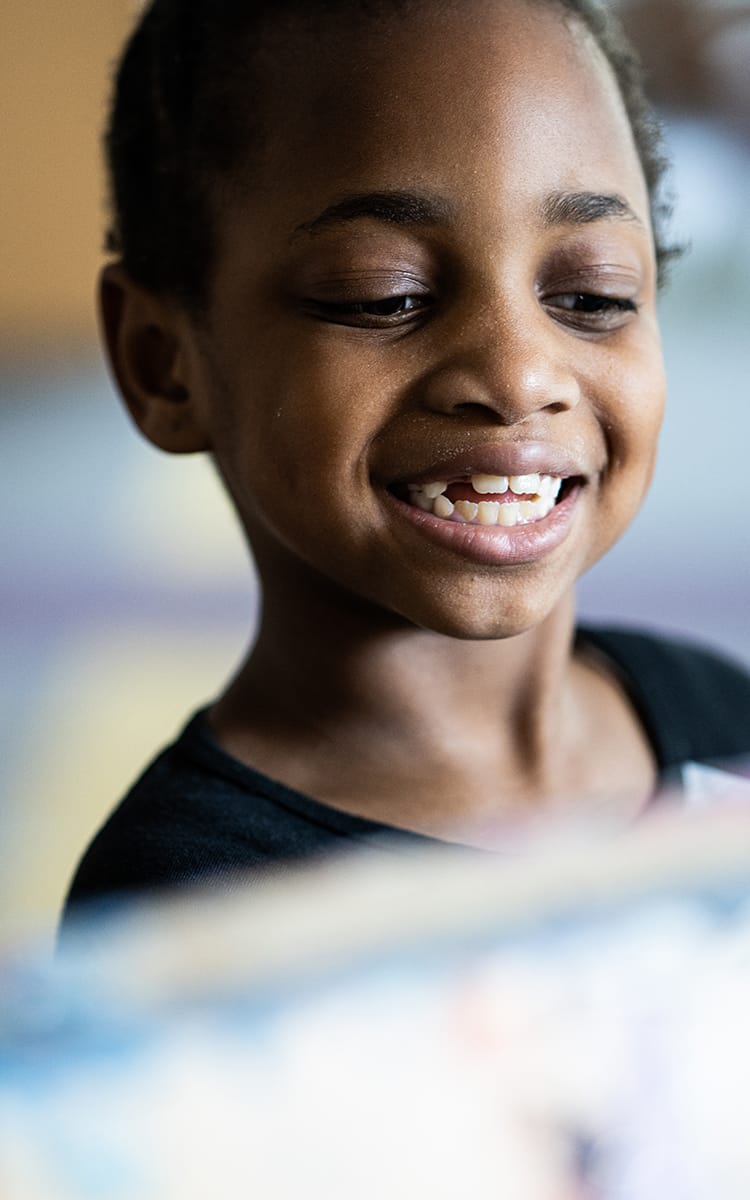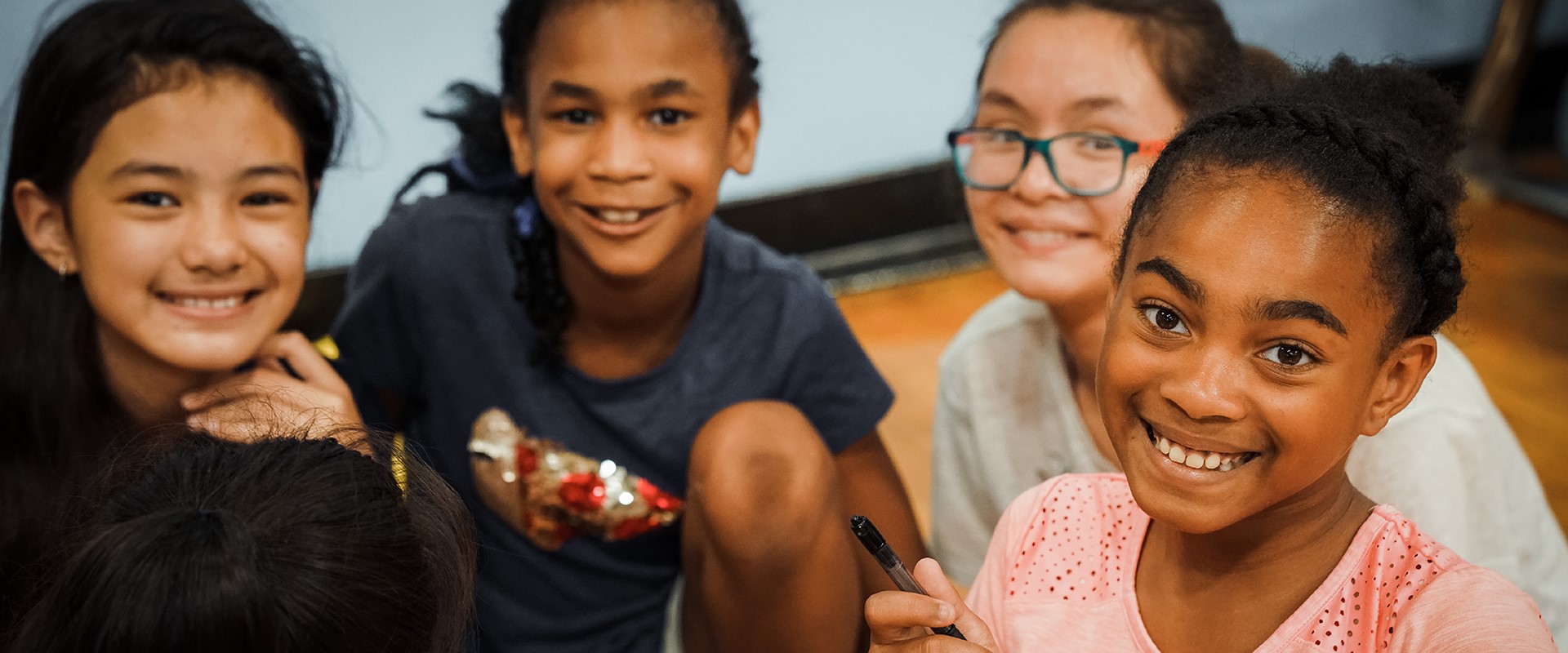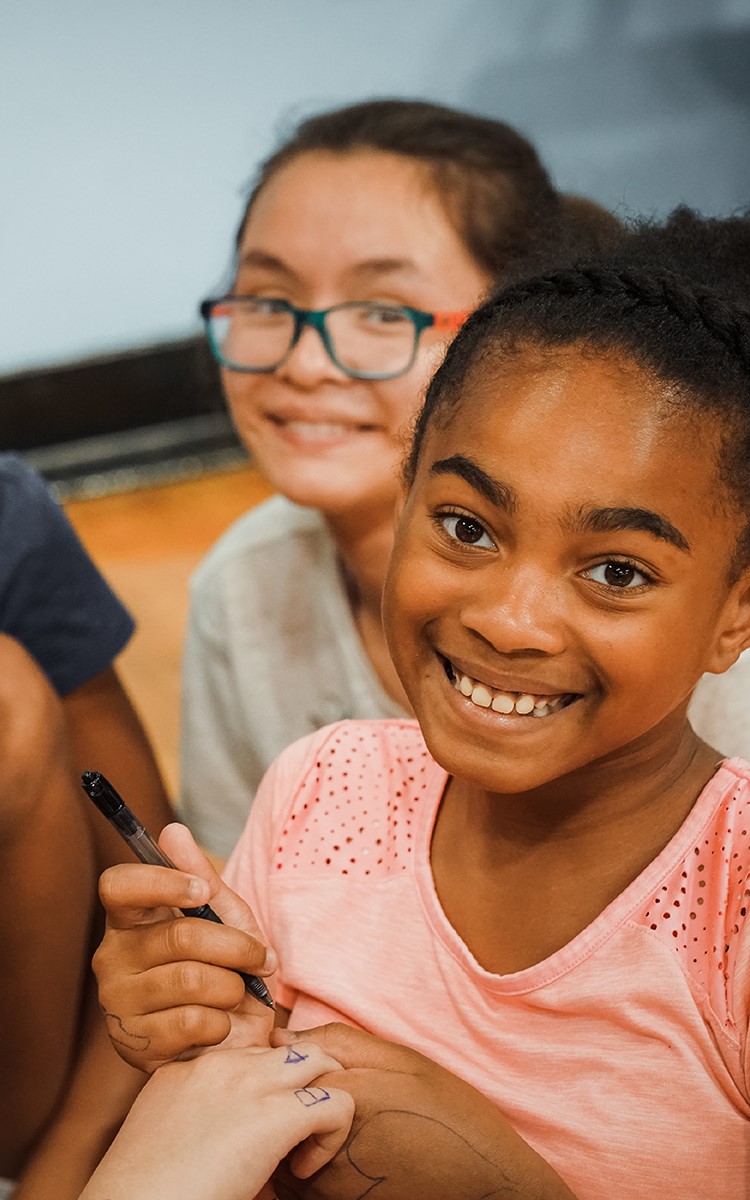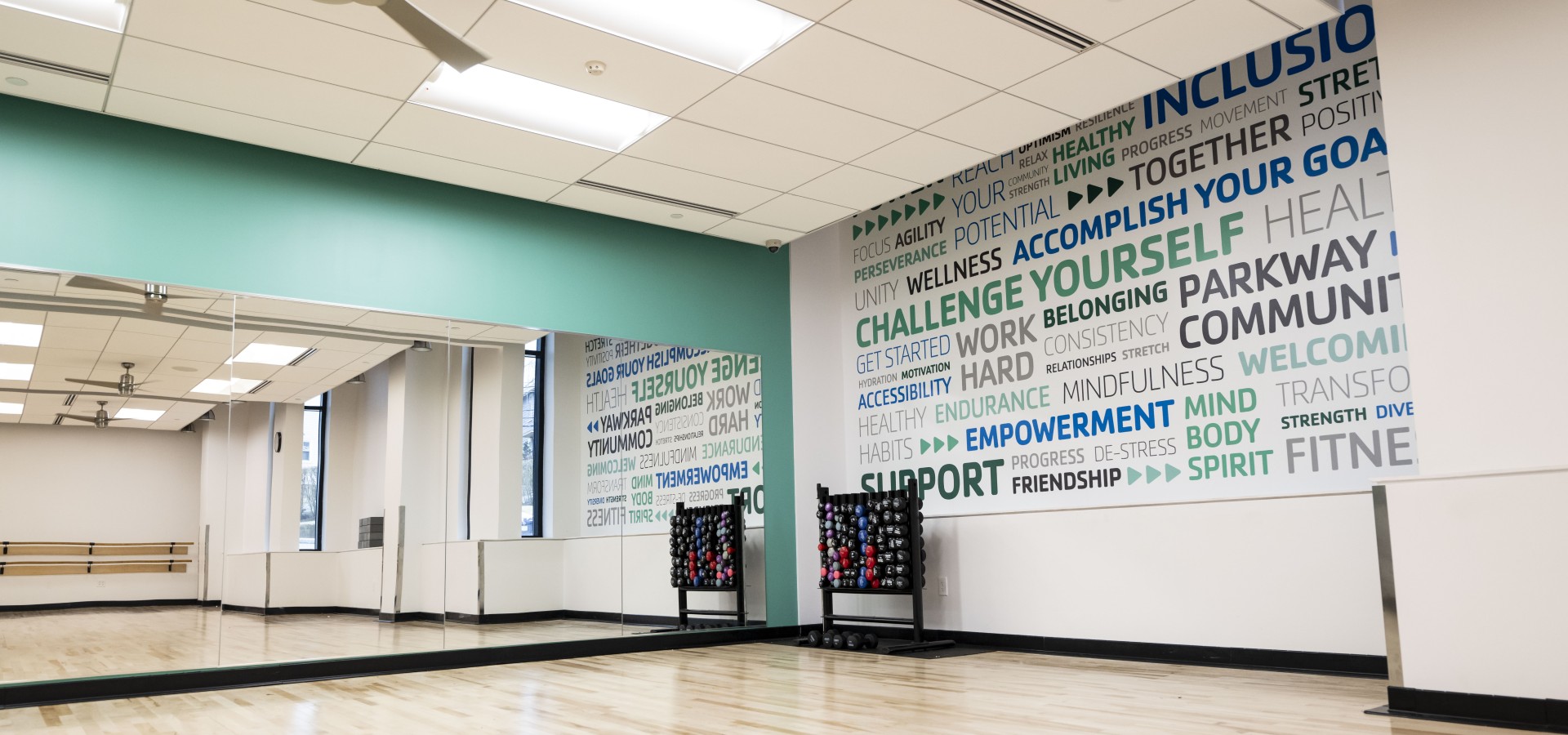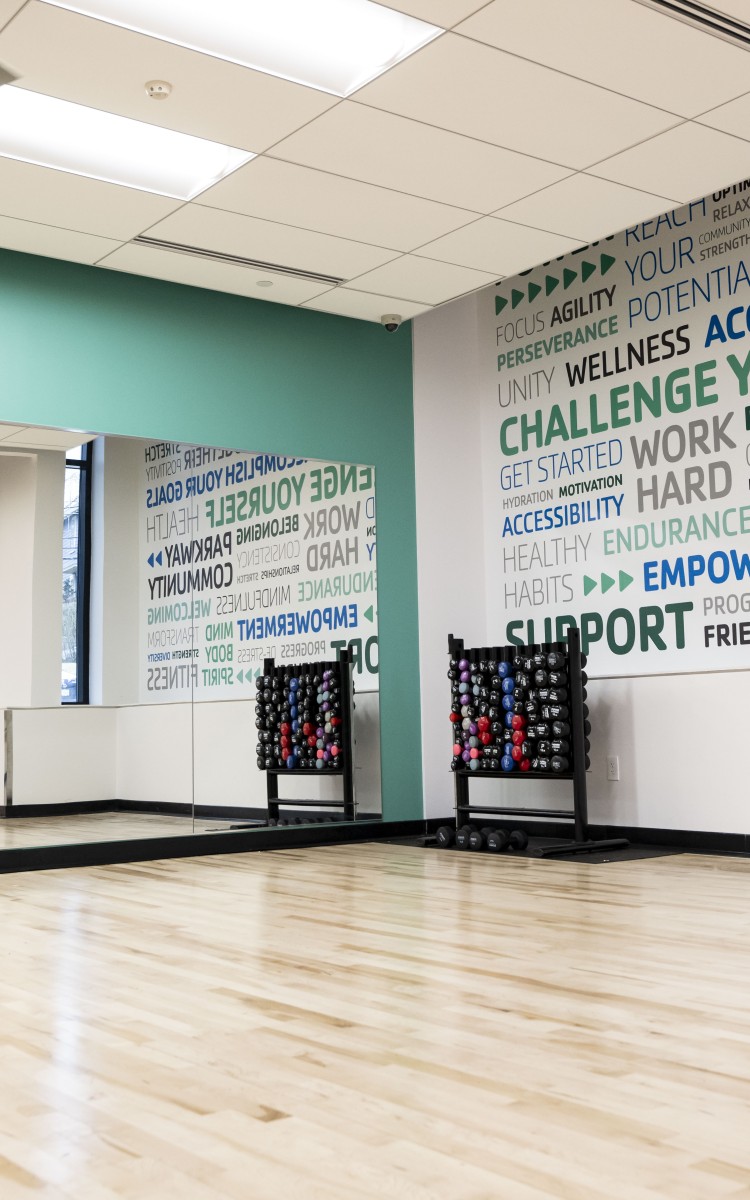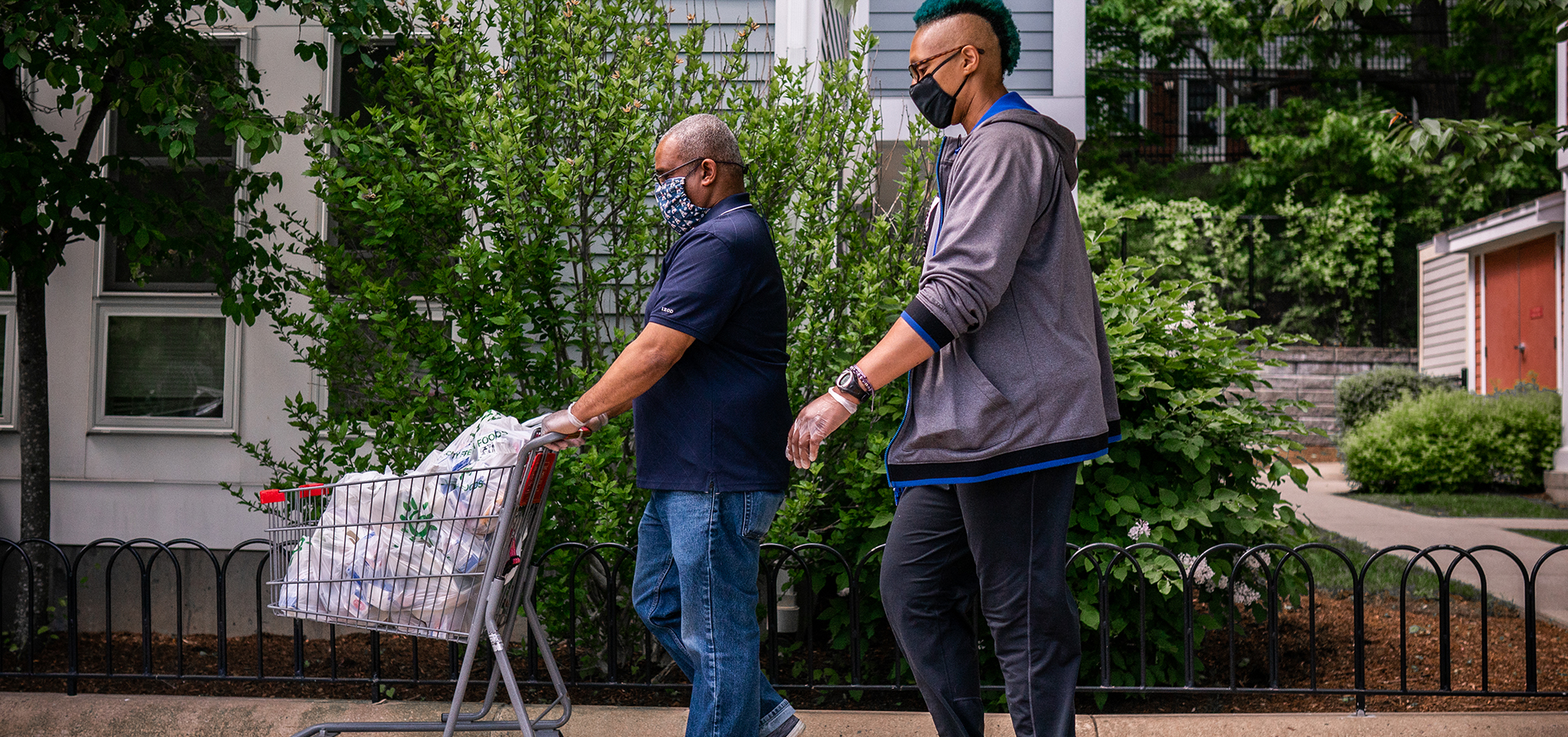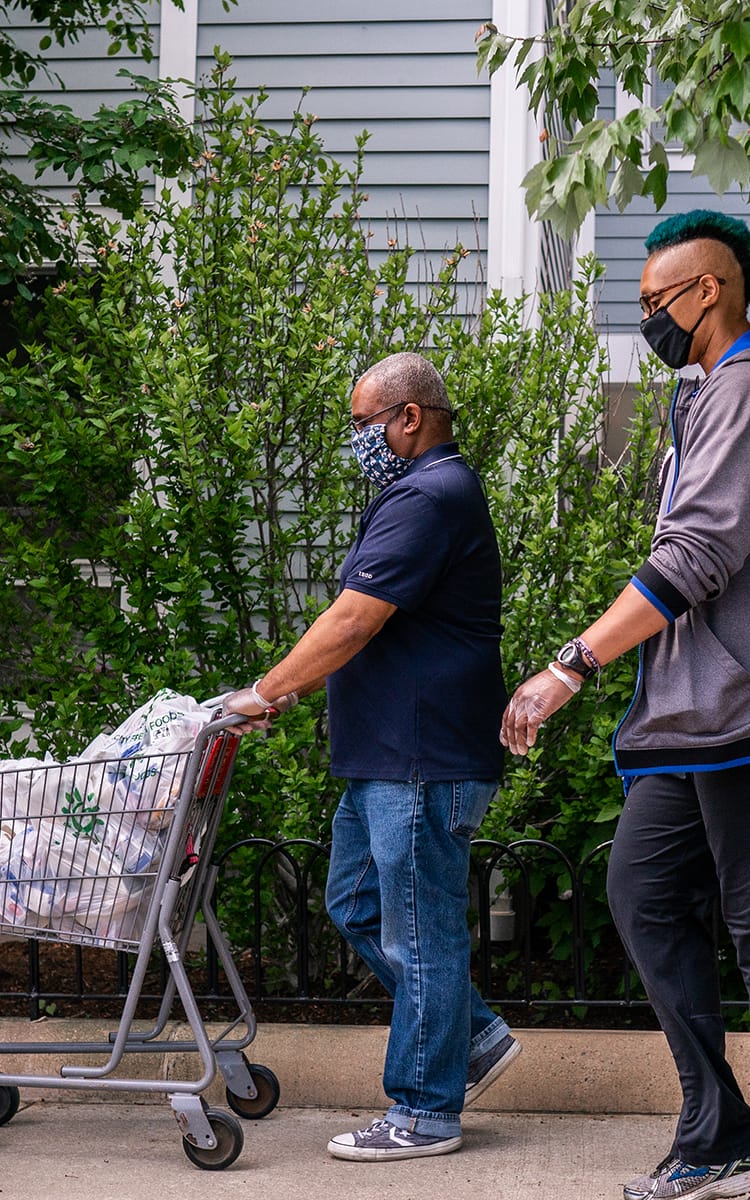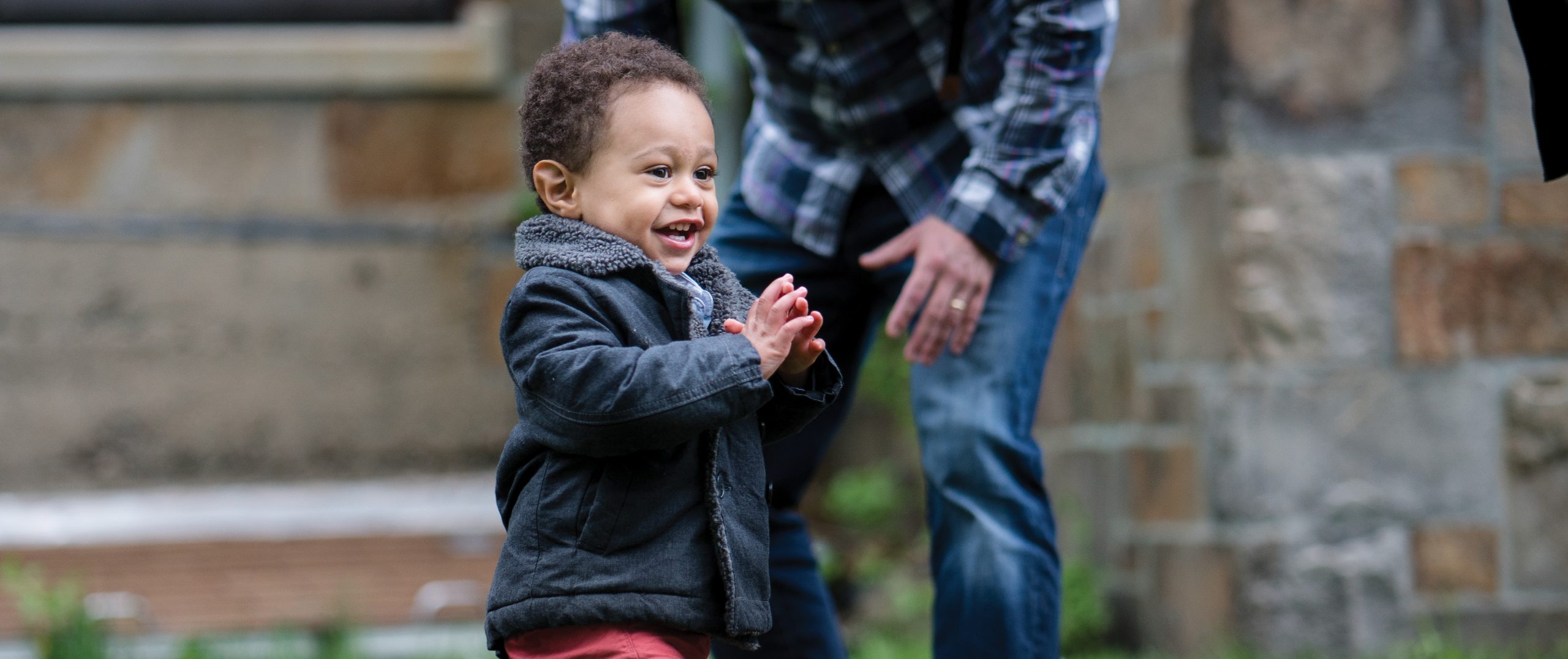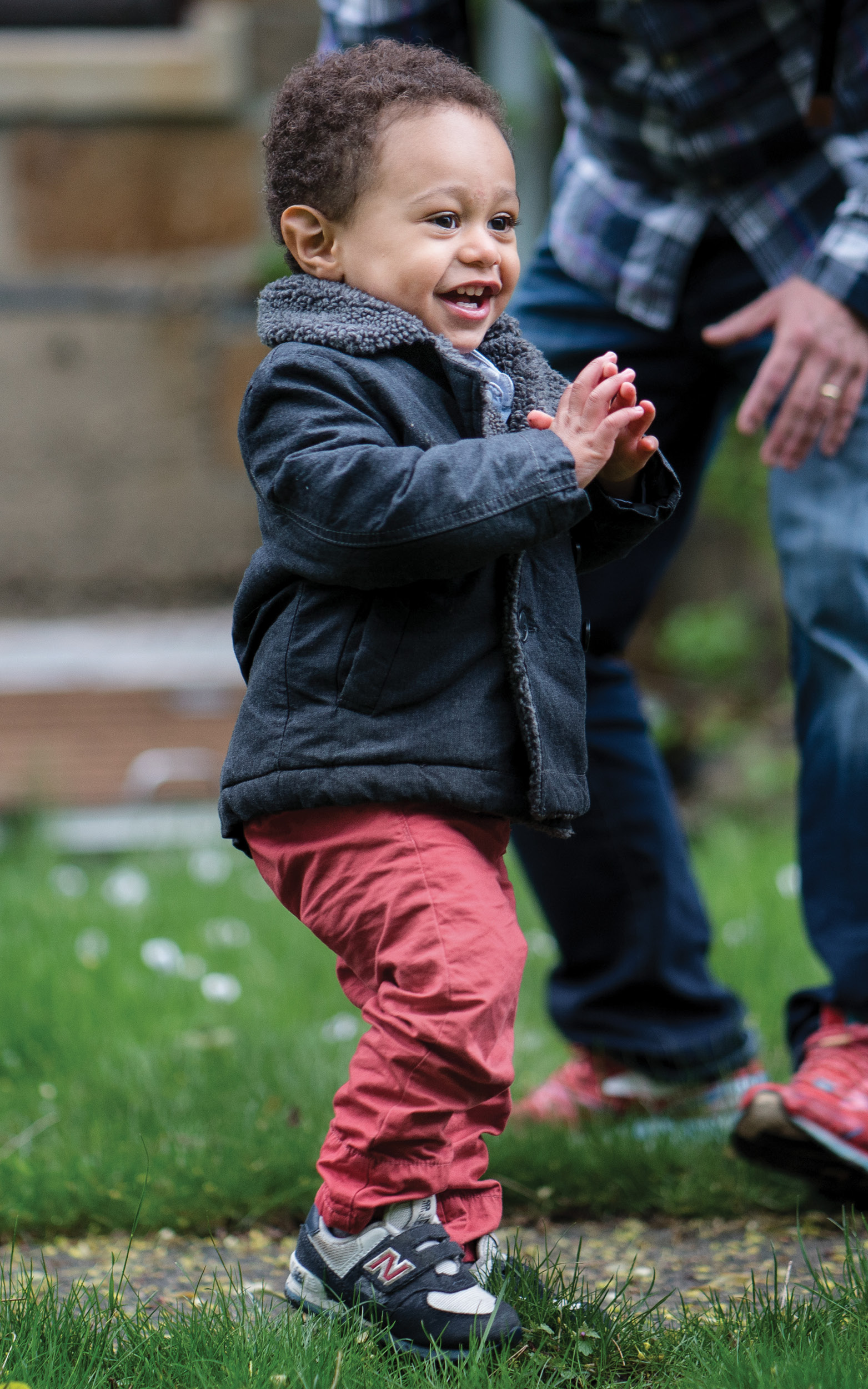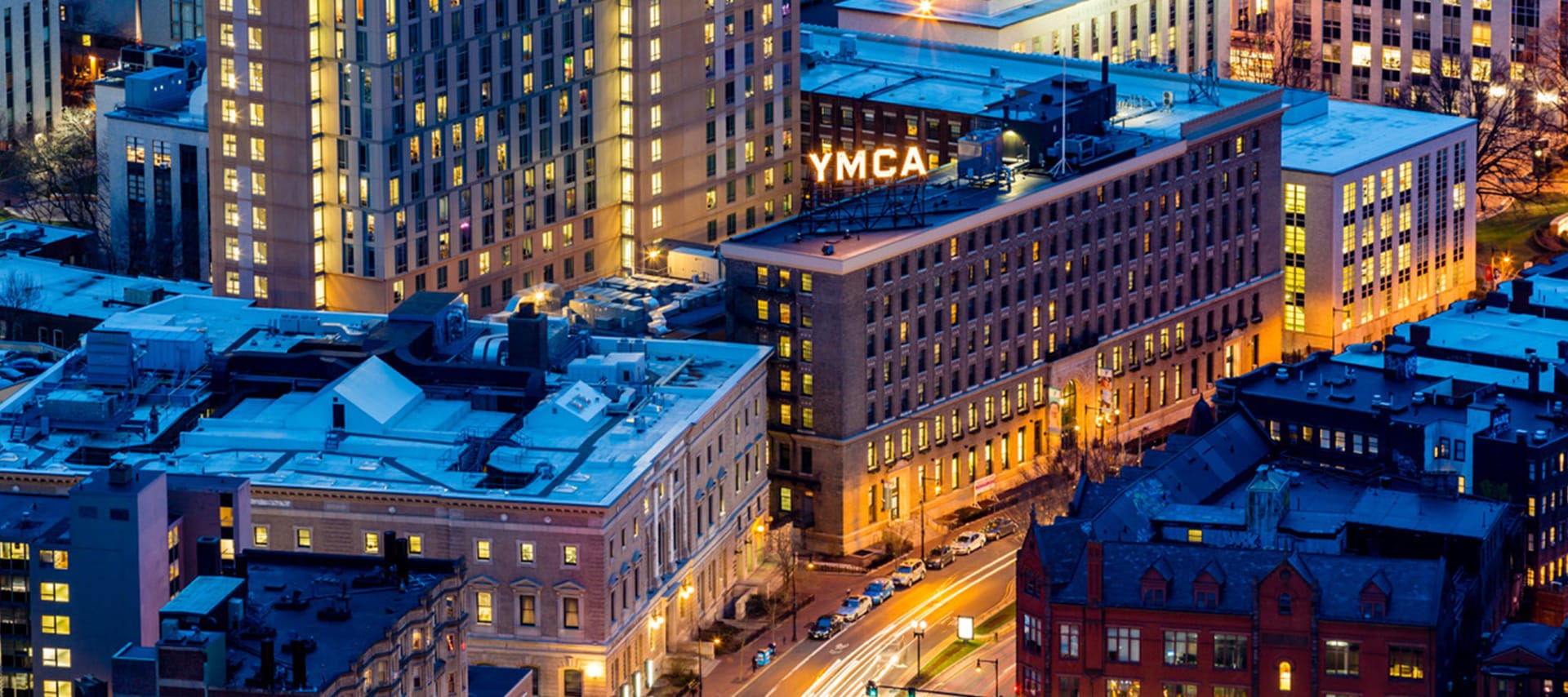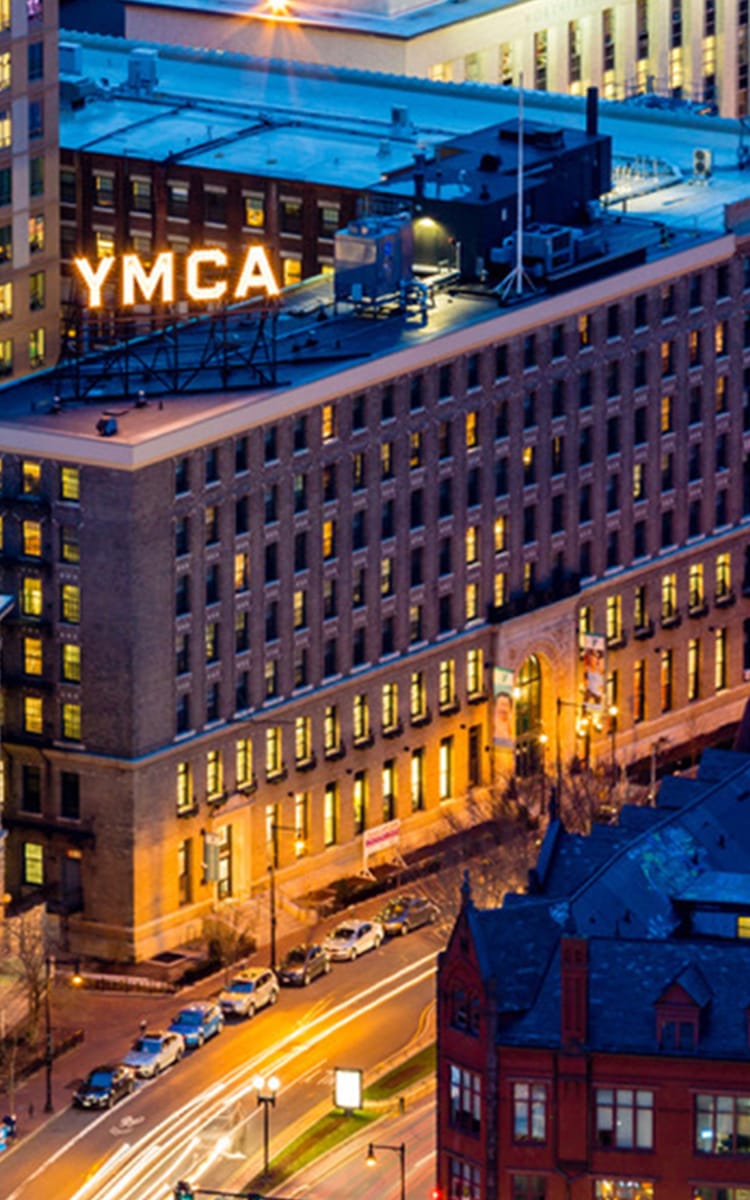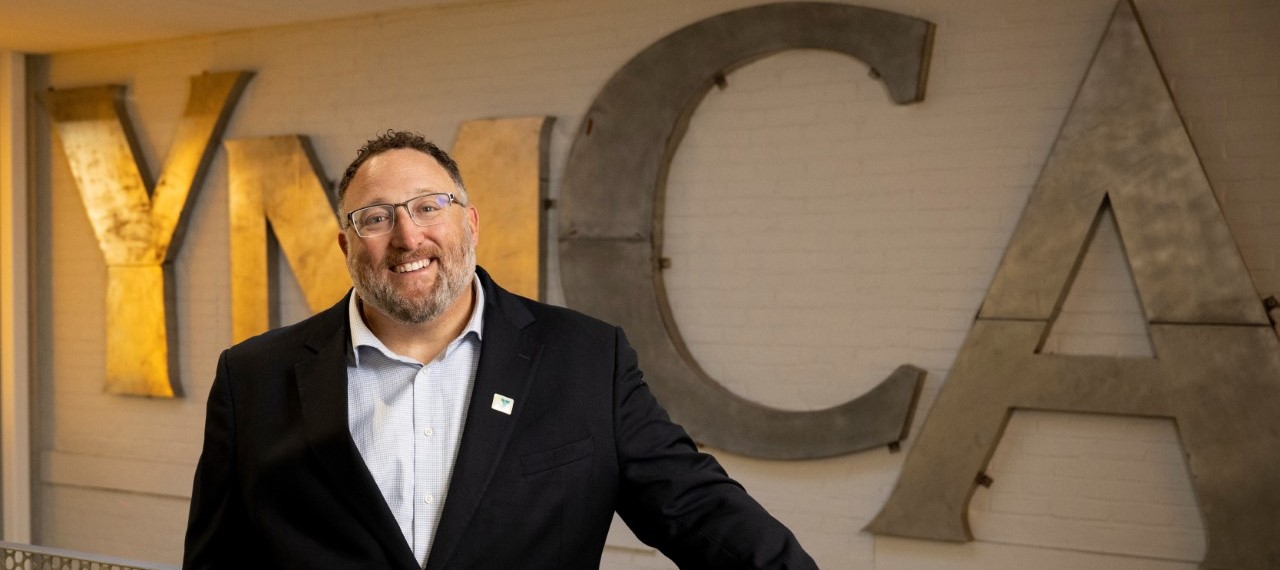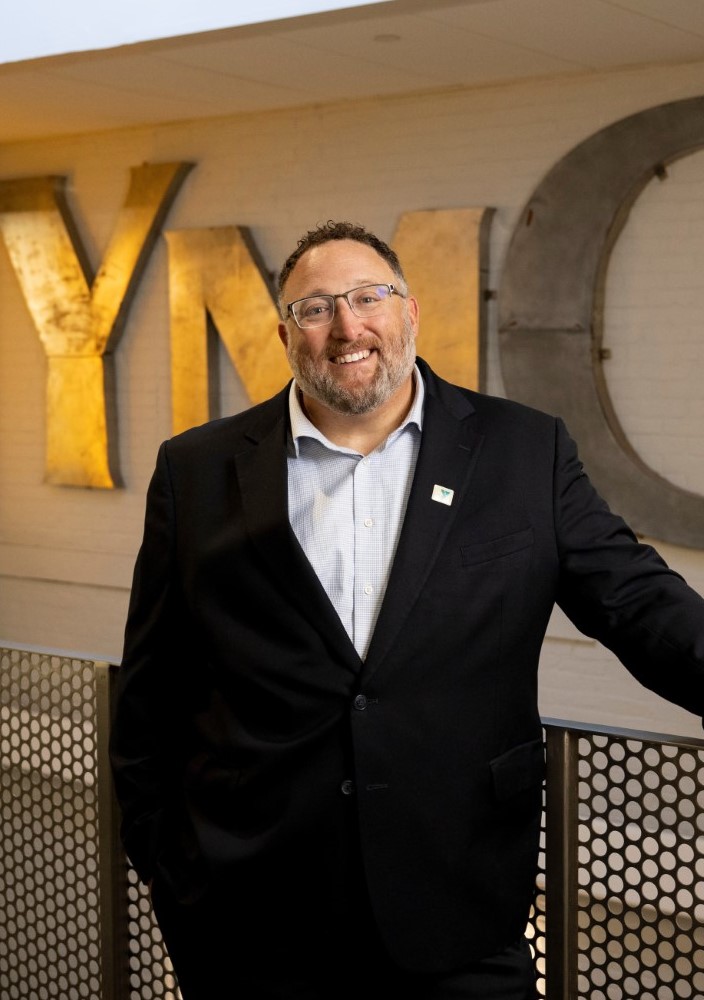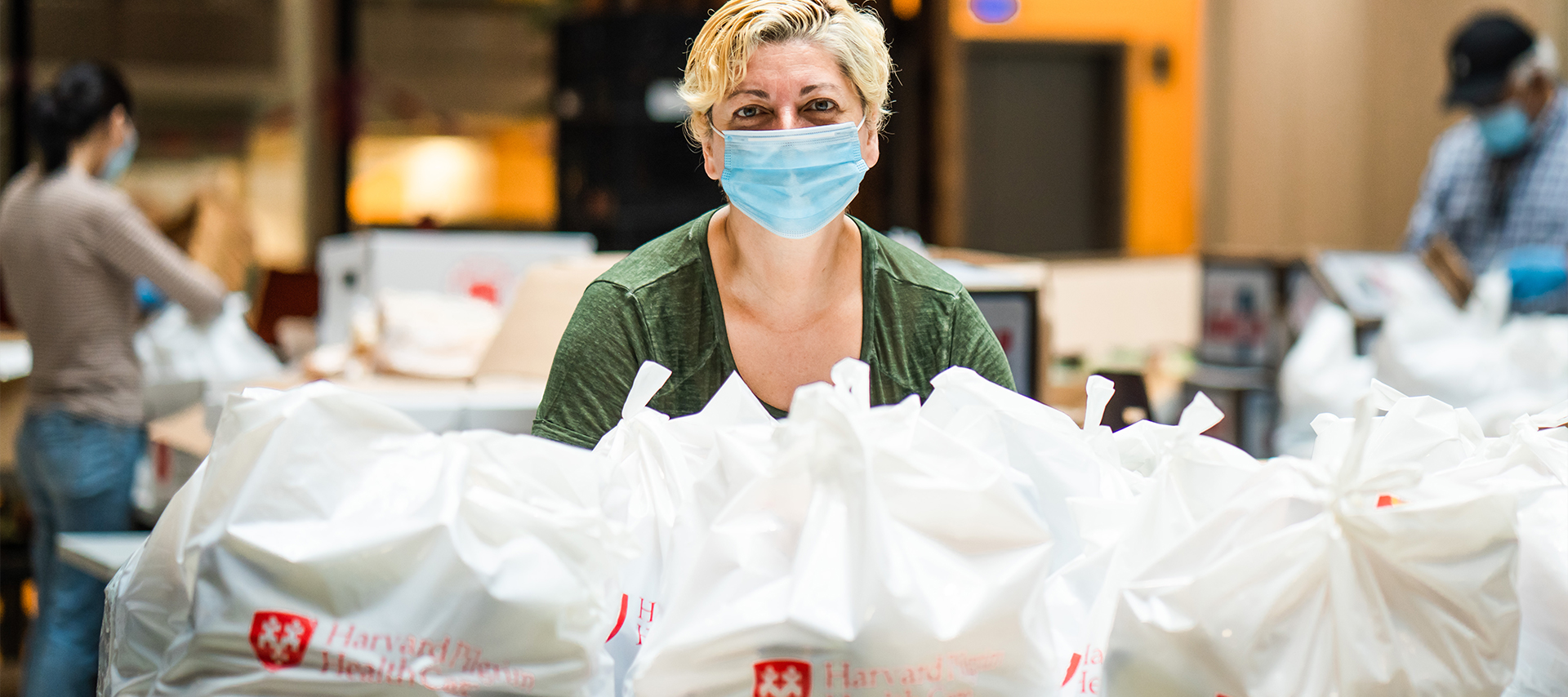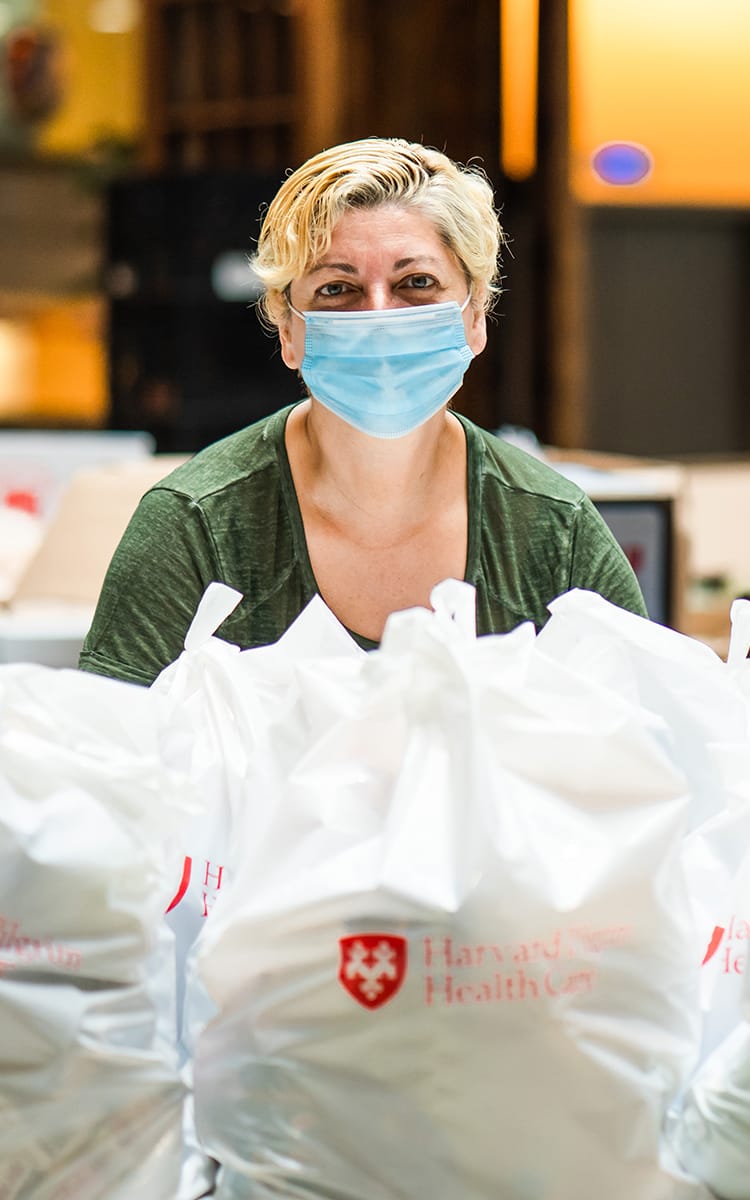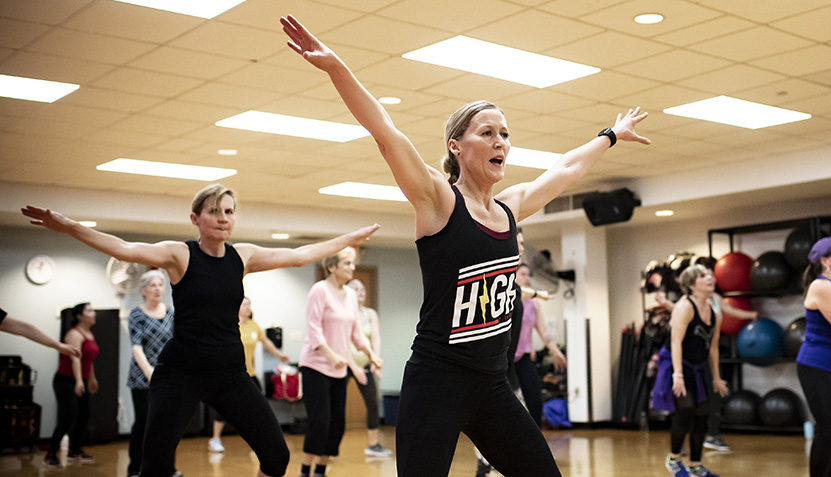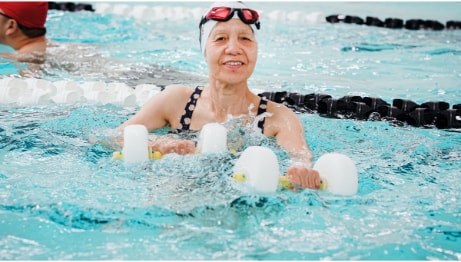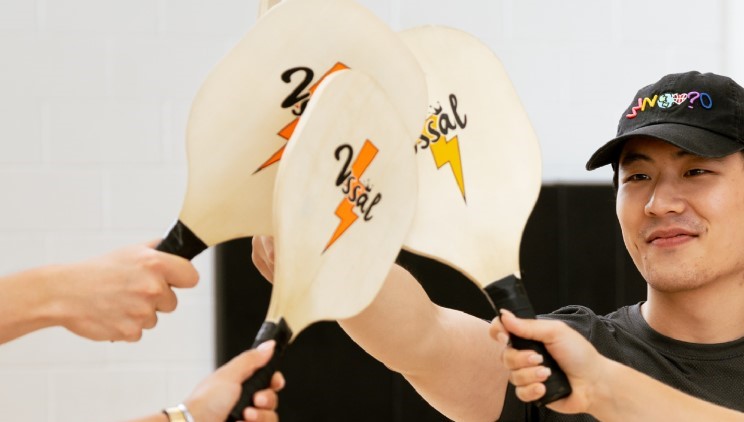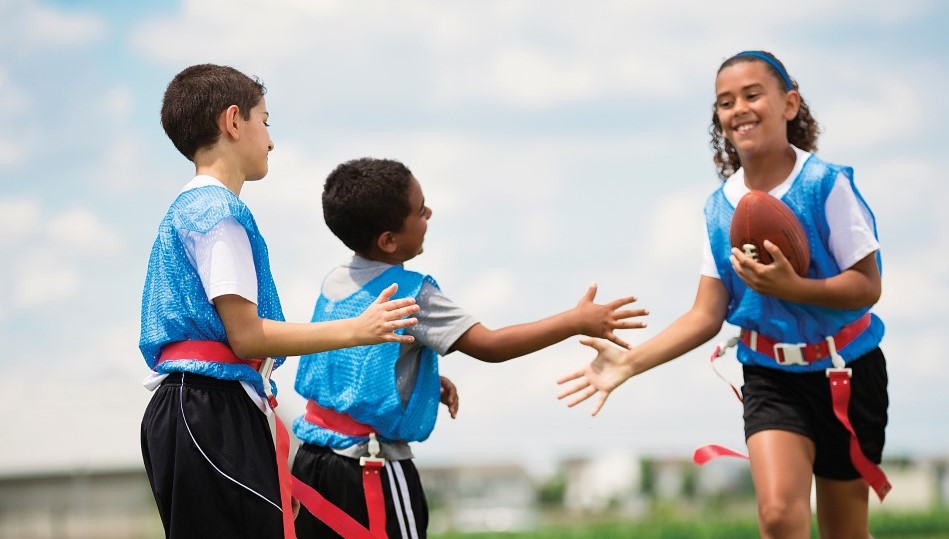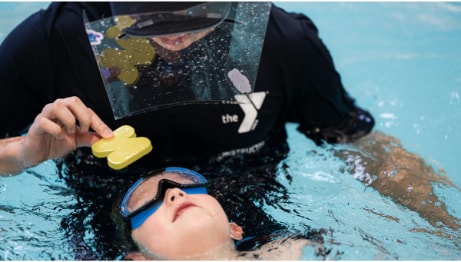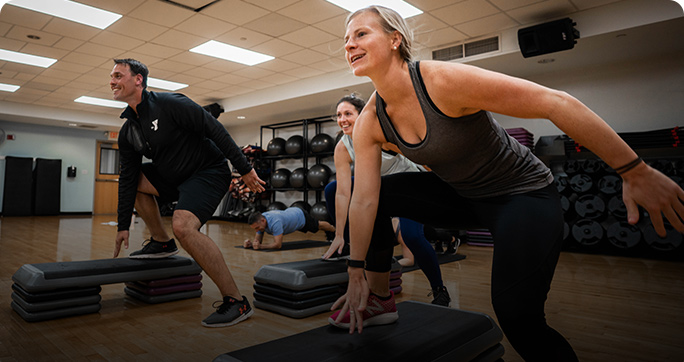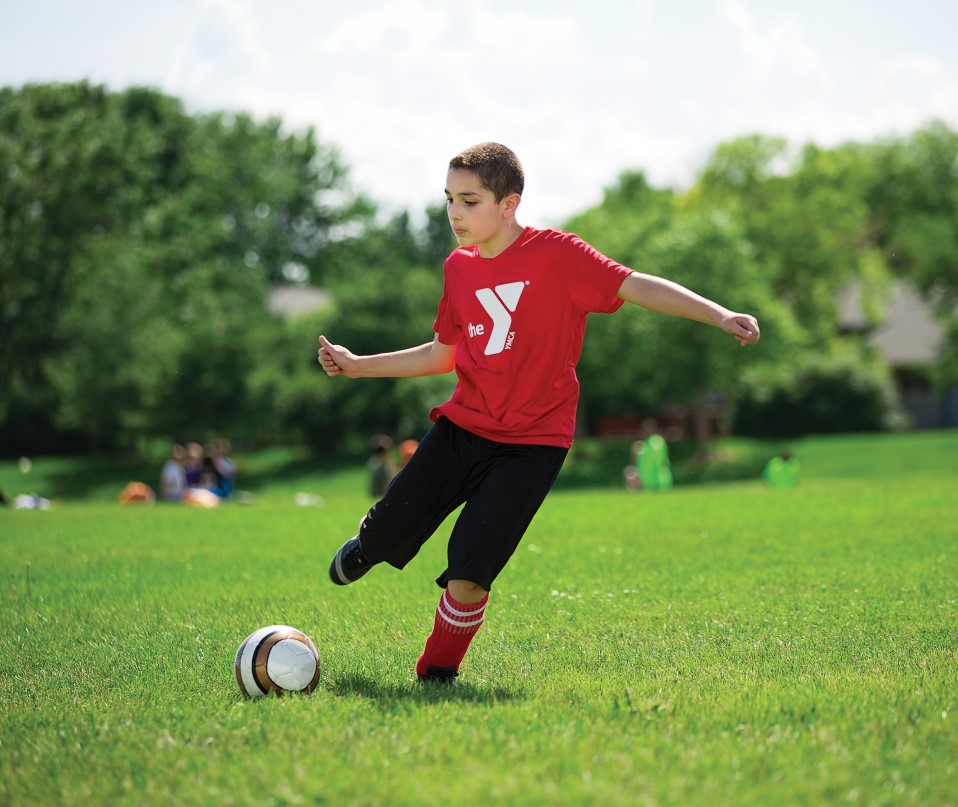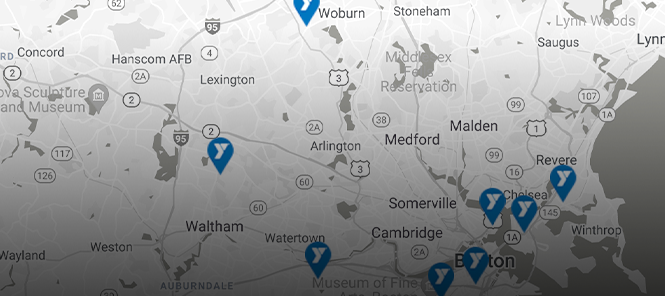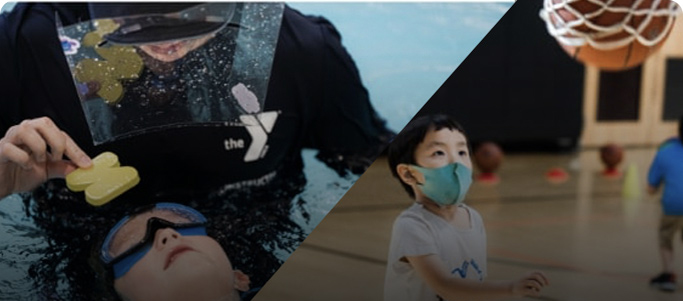Each year the YMCA enables more than 150,000 youth, adults, and seniors to be healthy, confident, connected and secure.
Today the YMCA of Greater Boston ranks as one of the largest urban Y’s in the nation, staying true to its roots as a values-driven, volunteer-led, human service organization strengthening children, families and communities. The Y’s staff, volunteers, and constituents represent the broad spectrum of citizens, by any and all measures, who live in Greater Boston.
The Y is the largest provider of after school programs and child care in the Commonwealth of Massachusetts, offers the state’s largest summer youth employment program, involves more than 10,000 children in summer camps, and leverages resources to provide over $10.3 million in critical services at no cost to low income participants.
As financial, demographic and social forces create a “New Boston”, the YMCA continues to provide centers of community life for children, families, and all others in the neighborhoods and towns of the region.
In 1851 a group of evangelicals from several Boston churches, led by retired sea captain and lay preacher Thomas Valentine Sullivan, founded the first YMCA in the United States. Modeled on the original YMCA established in London in 1844 by George Williams, this new organization offered a safe gathering place, opportunities for socializing, bible-study classes and prayer meetings.
Sullivan explained that the Y’s mission was to “meet the young stranger as he enters our city, take him by the hand, direct him to a boarding house where he may find a quiet home. . . and in every way throw around him good influences, so that he may feel that he is not a stranger.”
Future evangelist Dwight L. Moody, who arrived in Boston in 1853 from his family’s farm in Northfield, Massachusetts, wrote home about the Y, a place where he could read “all the books I want free” and hear “smart men from Boston lecture.”
The organization quickly outgrew its first home in fourth floor rooms at Washington and Summer streets in downtown Boston. In the Y’s new quarters at the corner of Tremont Street and Temple Place, it offered many services for its members: library and reading room, gymnasium, classes and lectures, social gatherings, employment assistance, and a register of respectable boarding houses.
Over the succeeding half-century the Boston YMCA evolved, serving Union Soldiers on the battlefields of the Civil War, supporting new waves of immigrants arriving to work in the factories of the industrial revolution, and establishing centers in several neighborhoods of the city.
In the 1880’s the Y’s first physical education instructor, Robert J. Roberts, created the fitness movement in America through his new exercise program for “bodybuilding.” Classes utilized exercise drills, wooden dumbbells, “Indian Clubs,” and heavy medicine balls. Two lasting innovations of the new fitness movement were the invention of the game of basketball at the Y’s Springfield College in 1891 and volleyball at the Holyoke YMCA in 1895.
In 1896 its popular self-improvement lectures were organized into the “Evening Institute for Young Men,” managed by Frank Palmer Speare. Demand was so high that in 1898 law classes were added, followed by polytechnic courses and business and engineering programs. In the next 20 years the Y incorporated these programs into its Northeastern College, soon changed to Northeastern University of the Boston YMCA. In 1929 the Y purchased the old Red Sox field on Huntington Avenue and broke ground for the first university in the country based on the work-study concept, becoming known simply as Northeastern University. Speare served as president of Northeastern until 1940. It was not until 1948 that the university and the YMCA became completely separate institutions.
In 1899, the Y hosted its first summer camping season at Sandy Island Men’s Camp at Lake Winnipesaukee, New Hampshire. In subsequent years the Y purchased or leased property to provide additional camping programs that continue today: Camp Dorchester (1923) at Ponkapoag in the Canton’s Blue Hills; North Woods (1928) and Pleasant Valley (1968) also at Winnipesaukee; and Camp Wakanda on Styles Pond in Boxford.
Throughout the decades of the 20th century, the YMCA of Greater Boston continued and strengthened its tradition of service. The new flagship centers on Huntington Avenue was completed in 1912, dedicated by U.S. President William Howard Taft with 5,000 people watching, including Boston Mayor John Fitzgerald. New neighborhood centers and mergers of independent YMCAs fueled continued growth, in Hyde Park, Dorchester, West Roxbury, Chinatown, Roxbury, Brighton, Needham, Waltham, Woburn, Reading, and East Boston.
In 1975, the Black Achievers YMCA was launched to recognize African American professionals for their career accomplishments and to develop a mentoring program for teens. Focused on social responsibility and creating a “college bound culture,” the former Black Achievers Program changed its name to YMCA Achievers in 2010 to reach a wider, more diverse audience of teens and professionals nationwide.
In 1984 YMCA Training, Inc. program was created and later combined with the International Learning Center to provide workforce training, computer skills, and English as a second language.
In 1995 the Huntington Avenue YMCA converted dorm-style rooms to create 88 affordable permanent and transitional housing units for formerly homeless single adults and families.
In 2007 the formerly independent Boston Armed Services YMCA in Charlestown’s former Navy Yard, founded in 1917 became the Constitution Inn YMCA of the YMCA of Greater Boston. In 2011 the name was changed to the Charlestown YMCA.
With a focus on youth development, healthy living and social responsibility, the YMCA of Greater Boston continues to be the largest provider of social services in Massachusetts.
